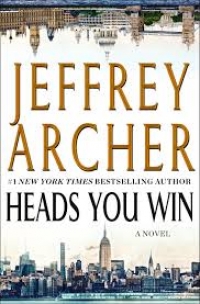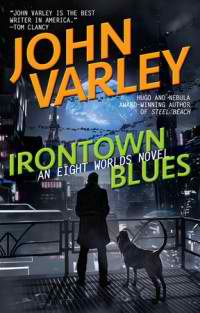Blackout by Ragnar Jónasson
 Friday, November 23, 2018 at 7:55AM
Friday, November 23, 2018 at 7:55AM 
Published in Iceland in 2011; published in translation by Minotaur Books on August 28, 2018
A tourist discovers a dead body in one of Iceland’s unpronounceable northern villages. The murder victim, Elías Freysson, was beaten to death with a board. It’s the kind of story that Ísrún would like to cover, but the Reykjavik newsroom only assigns her fluff. Her editor, in fact, fears that Ísrún might be promoted over his head. When Ísrún fights to cover the story, it is clear that she is pursuing a personal interest, but the reason for Ísrún’s intense desire to investigate the murder will not be revealed until the novel nears its end.
Why Freysson was murdered is revealed in flashbacks that develop his unhappy past. We also learn, rather quickly, that Freysson was connected to a young woman who has been brought to Iceland under false pretenses and who is now locked away. Yes, this is another human trafficking story, but the trafficking is a background element that doesn’t try to milk the hysteria that so many human trafficking thrillers depend upon.
Freysson had been working on a construction site in another unproduceable northern village, where Ari Thór Arason is trying to make a career with the police. Hlynur Ísaksson has more seniority than Arason, but the boss believes that Hlynur has lost his edge and assigns Ari Thór to find out what he can about Freysson. Hylnur has been receiving disturbing emails about his bullying past, a distraction from work that becomes an important subplot.
Learning who killed Freysson requires Ari Thór to figure out why he was killed. The reader soon suspects that Freysson was engaged in unlawful behavior and that others within his orbit may also be at risk. Ari Thór wonders if the murder was linked to a retired doctor whose alcoholism was responsible for three patient deaths. He also explores Freysson’s link to a man who was raised on the same abusive farm when Freysson was a child.
All of that gives the reader a good bit of substance to ponder as the story picks up steam. The various subplots give Ragnar Jónasson the opportunity to develop interesting (and usually tormented) secondary characters with nearly as much depth as he brings to the primary characters.
Ari Thór has a caustic personality that certainly doesn’t breed respect for the police. His personal problems stem from his broken relationship with the woman he left behind in Reykjavik, opening the door to another subplot that contributes to the action in the novel’s last chapters.
After developing characters and story threads, Ragnar Jónasson opens the throttle in the novel’s concluding chapters. This is Iceland, so there aren’t any mindless shootouts or the kind of fights that let dimwitted heroes with Special Forces training demonstrate their martial arts prowess. Rather, Jónasson demonstrates his ability to escalate tension without undue violence. The focus is on people and their emotions, not action, but that focus does not diminish the pace. Blackout is easy to recommend as a fine addition to the reader's shelf of Icelandic crime fiction.
RECOMMENDED
 TChris |
TChris |  Post a Comment |
Post a Comment |  Iceland,
Iceland,  Ragnar Jónasson in
Ragnar Jónasson in  Thriller
Thriller 

